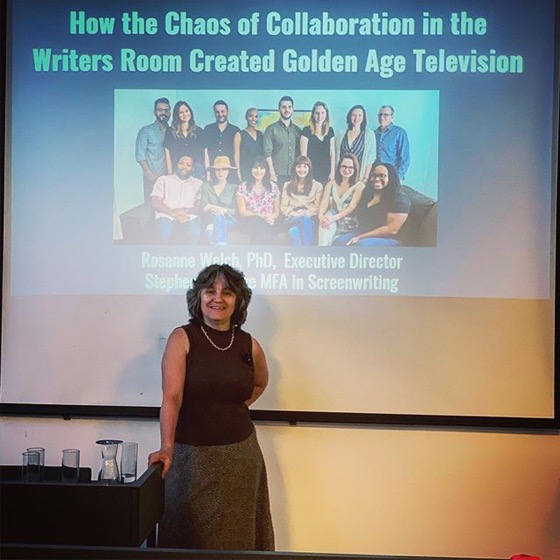Podcast: Play in new window | Download
Subscribe: RSS
Subscribe Via iTunes | Google Play | TuneIn | RSS
His greatest accomplishment came after his greatest disappointment.
One of the founding fathers of the Renaissance, Filippo Brunelleschi was more than an Italian designer. Brunelleschi made his mark in architecture and construction.
In his early years, sculpting was Brunelleschi’s passion. But after being passed over for a major commission, he set his sights on architecture, and changed the landscape of Italy as it is known today.
Brunelleschi’s most prominent contribution, the dome of Cathedral of Santa Maria del Fiore, was the first of its kind, paving the way for bigger and more elaborate domes to come. His invention of machines to facilitate the construction of the dome allowed future structures to not only be imagined, but to be erected as well.
With his imagination, understanding of linear perspective, focus on geometric principles, and intellect for mathematics, Brunelleschi influenced the rise of modern science and architecture worldwide.
Follow @mentorisproject on Instagram
Visit the Mentoris Project for more!
Also from the Mentoris Project
Want to use these books in your classroom? Contact the Mentoris Project!`
![Mentoris Project Podcast: Building Heaven’s Ceiling: A Novel Based on the Life of Filippo Brunelleschi with Author, Joe Cline [Audio]](https://rosannewelch.com/wp-content/uploads/2021/06/Brunelleschi-mentoris.png)













![28 Bruce Miller from There And Back Again: Writing and Developing for American TV [Video]](https://rosannewelch.com/wp-content/uploads/2021/06/rmw-oxford-brookes-28.jpg)
![15 The Operation of a Writer’s Room Part 2 from How The Chaos Of Collaboration in the Writers Room Created Golden Age Television [Video]](https://rosannewelch.com/wp-content/uploads/2021/06/srn-porto-15.jpg)


![01 On Giving Notes from Worry and Wonder | The Courier Thirteen Podcast | Episode # 29 [Video]](https://rosannewelch.com/wp-content/uploads/2021/06/rmw-courier-13-01-notes.jpg)
![Dr. Rosanne Welch Talks Worry and Wonder in Screenwriting on the Courier 13 Podcast [Audio] [Video]](https://rosannewelch.com/wp-content/uploads/2021/04/RMW-Rosanne-Signature-for-Web.png)
![Dr. Rosanne Welch Talks Worry and Wonder in Screenwriting on the Courier 13 Podcast [Audio] [Video]](https://rosannewelch.com/wp-content/uploads/2021/06/courier-13-rmw.jpg)

![27 Inside The Write’s Room from There And Back Again: Writing and Developing for American TV [Video]](https://rosannewelch.com/wp-content/uploads/2021/06/rmw-oxford-brookes-27.jpg)
![14 The Operation of a Writer’s Room from How The Chaos Of Collaboration in the Writers Room Created Golden Age Television [Video]](https://rosannewelch.com/wp-content/uploads/2021/06/srn-porto-14.jpg)
![26 ShowUsYourRoom from There And Back Again: Writing and Developing for American TV [Video]](https://rosannewelch.com/wp-content/uploads/2021/05/rmw-oxford-brookes-26.jpg)
![An update – Thanks for 2600+, Find videos on YouTube, and San Diego Who Con talks announced via TikTok [Video]](https://rosannewelch.com/wp-content/uploads/2021/05/rmw-update-20210524.gif)
![13 Something’s missing in writer’s rooms from How The Chaos Of Collaboration in the Writers Room Created Golden Age Television [Video]](https://rosannewelch.com/wp-content/uploads/2021/05/srn-porto-13.jpg)